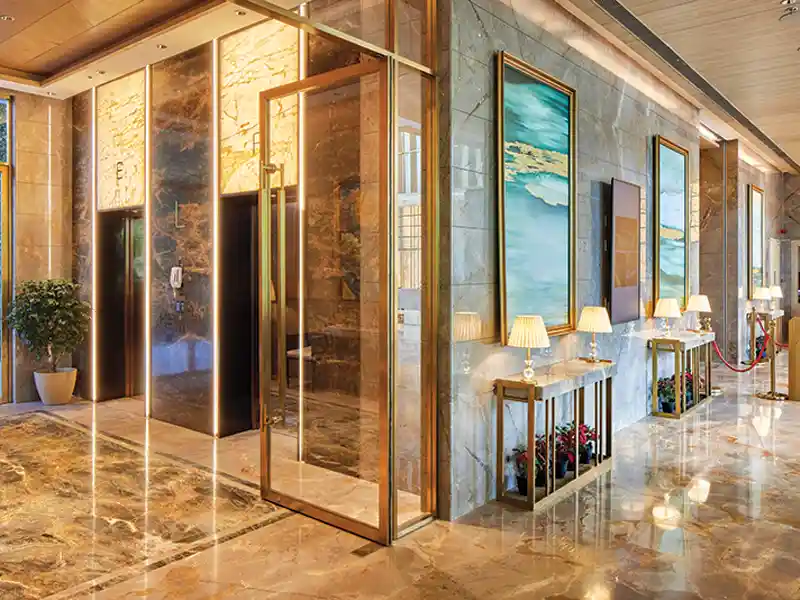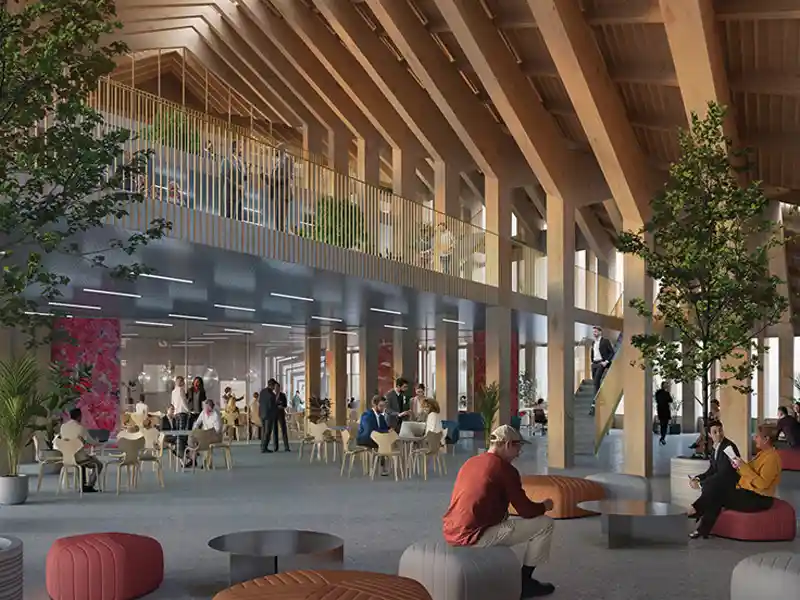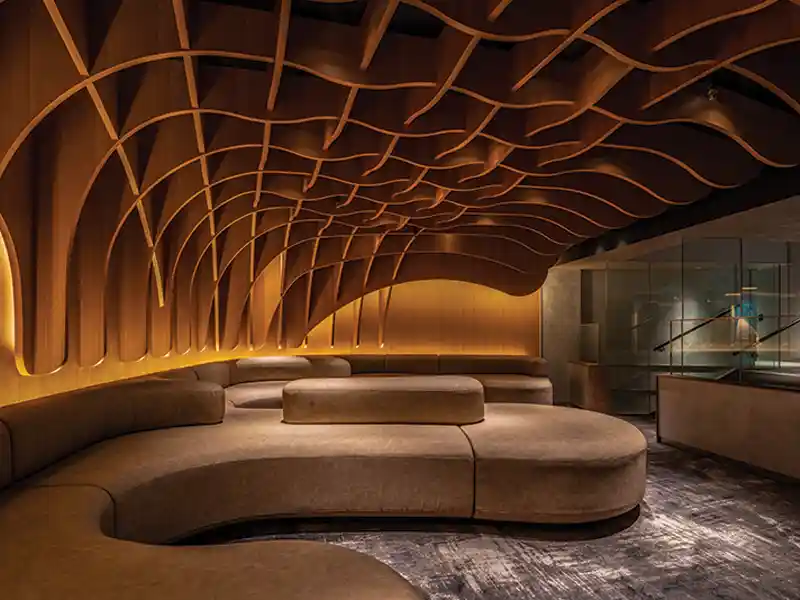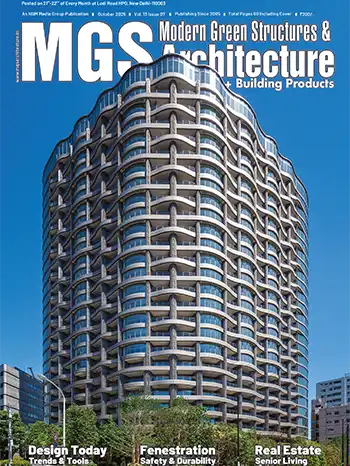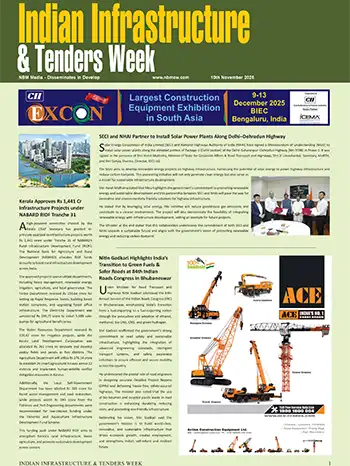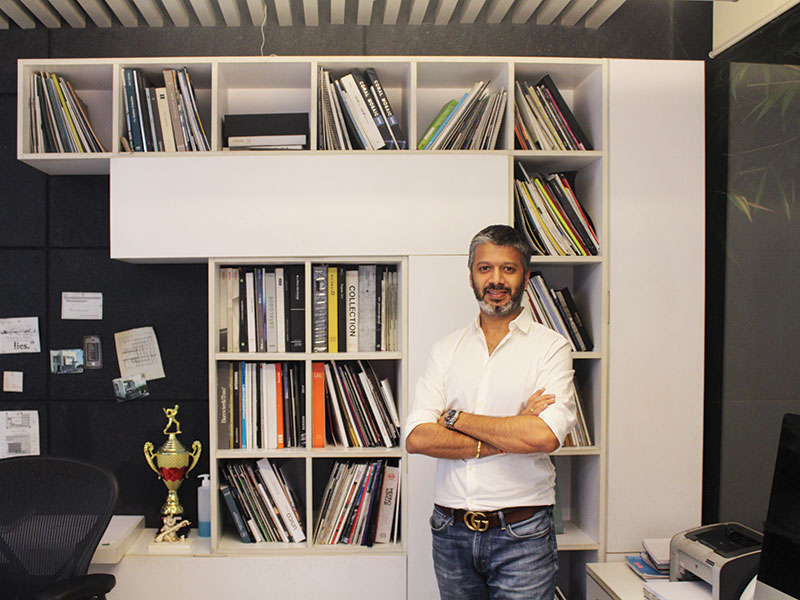
Sustainable architecture has been in practice for a long time and has become more pronounced since the pandemic. Architects are taking a sustainable approach by using earth blocks, solar passive strategies, and cavity walls. Residences are now designed with an open layout scheme, oriented to allow natural light and ventilation. All surfaces are preferred to have smooth finishes for ease of cleaning.
Today’s trends underscore the fact that sustainable design is shifting to meet the environment’s needs and are indicative of where the Architecture & Design industry is headed. Understanding these trends will ultimately allow architects and designers to create buildings that are better for the people who occupy them and for the future of the earth and the climate.
Incorporating a modular approach towards design will help buildings come out better.
We now have to try and return to a world reimagined for the age of coronavirus, where social distancing, appropriate hygiene standards, and government-imposed restrictions for better public health management are infused into nearly every activity of ours — a way of life that is likely to persist.
Coronavirus may not have a predominant effect on the architecture and interior designing industry. There have been habitual changes where the flexibility of design is working wonders. On the bright side, Covid-19 has given a new perspective and ideology to designers where they are deciding to incorporate a modular approach towards design which will help buildings come out better.
Green Building materials enhance the sustainability and efficiency of a building in terms of design, construction, maintenance, and renovation.
Green building materials are derived from renewable waste products and are highly energy efficient. Green materials include bamboo, hempcrete, straw bales, mycelium, wood, rammed earth, timbercrete, grasscrete, recycled plastic, etc. Over the past few years, such materials have been widely used in various construction activities as they reduce the environmental impact associated with the installation, transportation, fabrication, processing, disposal, and recycling of building materials.
Durable, malleable, and scalable materials like aluminum, zinc, and concrete will soon be the choice for building facades. Modular construction techniques like prefabricated systems and pre-engineered buildings that are manufactured at a factory and then assembled on-site will ultimately become the future of architecture.
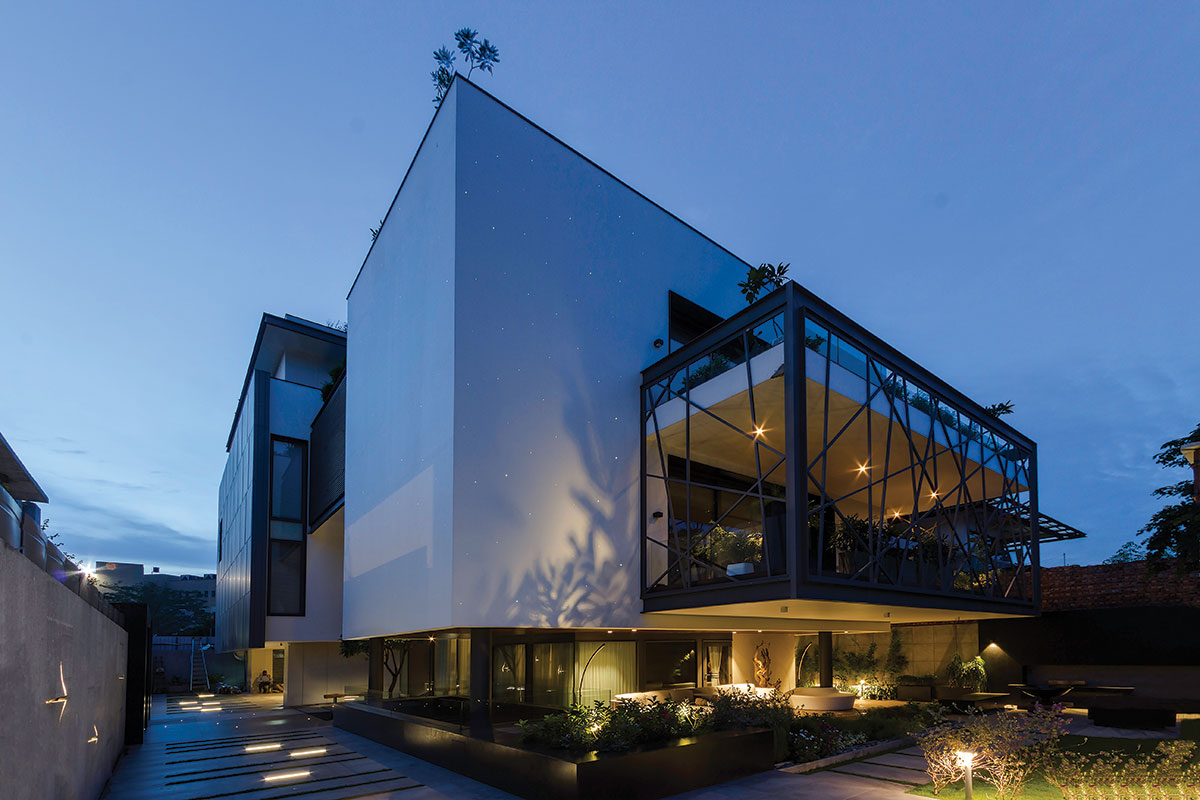
Generative design that uses AI and ML will play a pivotal role in the future.
The AEC industry is advancing at an incredible pace. The use of Immersive Reality and Virtual Reality is becoming increasingly common. VR helps the architect understand structural fabrication while also offering clients a 3D view of the schematic design layout.
Digital Twins is another progressive technology that gives a virtual model of the building while collecting real-world information regarding the structure via wireless technology. Further, Generative design that uses engineering in the digital sphere is an evolutionary approach to design. It uses artificial intelligence and machine learning to mimic a design by allowing design input parameters to generate an outcome. This technology will play a pivotal role in the future.
With companies forced to adapt to remote working strategies, they realized the power of cloud technology, which plays a crucial role in facilitating BIM-based collaboration between all the stakeholders for complex projects.

